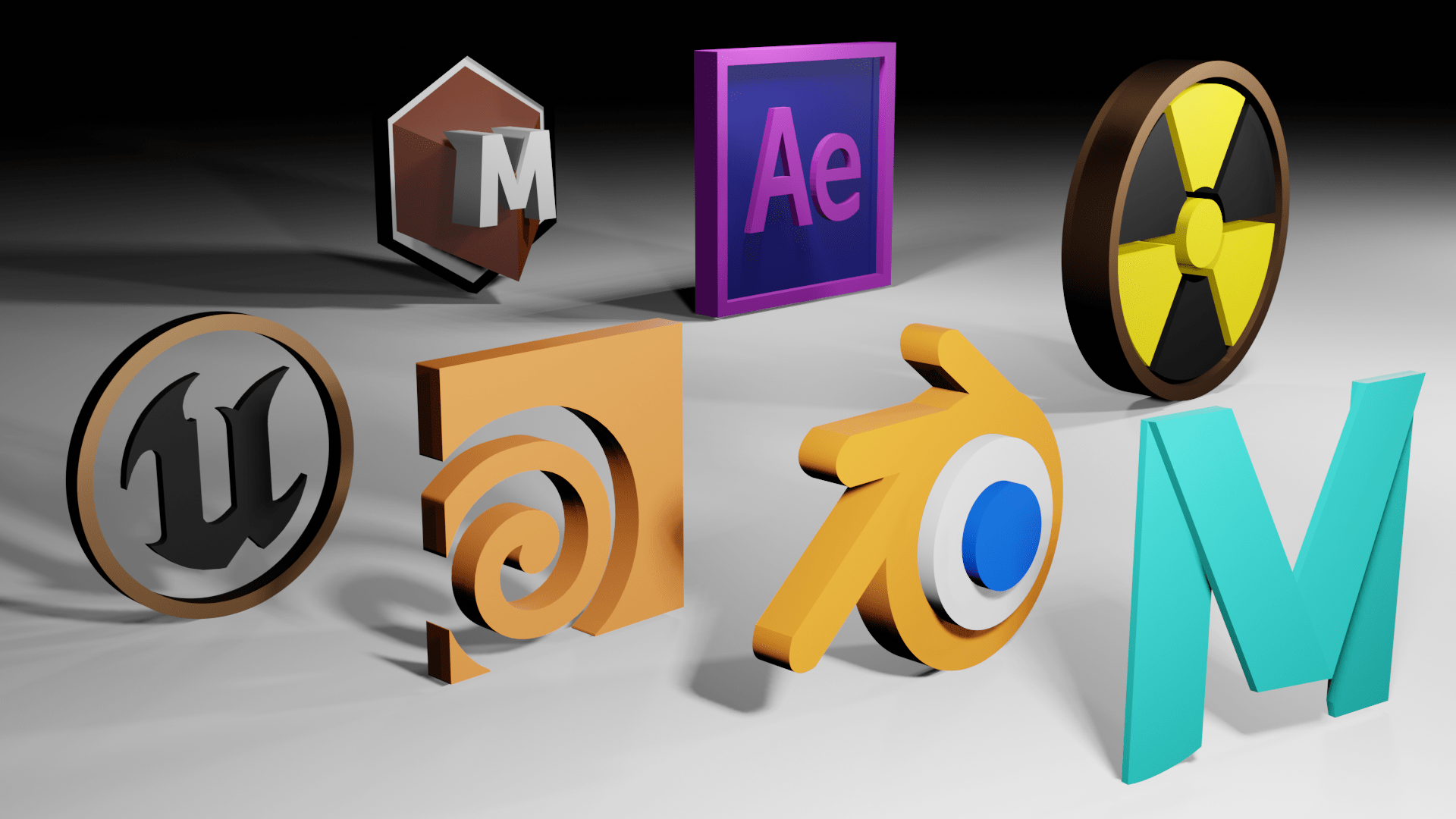Game Development Services
Our Clients Don’t Doubt That We’re The Top Game Development Company In Chennai, India
You’re Looking At The Best Game Development Company In Chennai, India For Everything From Mobile Games To AAA Games
Get A Quotation For Our Game Development Services!Find Out Why We’re The Right Game Development Partner For You!
Talk to US!Every One Of The Services We Offer At Our Video Game Development Services Company

Our Developers Skillfully Use The Best Game Development Tools To Create Immersive, Innovative Gaming Experiences
Talk To Us About Your Game Development Project!What Makes Us The Best Game Development Company In Chennai, India

As A Top Notch Video Game Development Services Company In Chennai, India, We’ve Got A Tonne Of Expertise In Developing Games In All Genres
Want Us To Produce Your Game? Just Hit Us Up!The Types Of Games We Produce As The Top Game Development Company In Chennai, India

Why Makes Us The Best Game Development Company In Chennai, India? Our Masterful Use Of Game Development Tools Is Just One Of The Reasons
Have A Requirement? Talk To Our Experts!Every One Of The Game Development Tools We Use At Our Video Game Development Services Company

